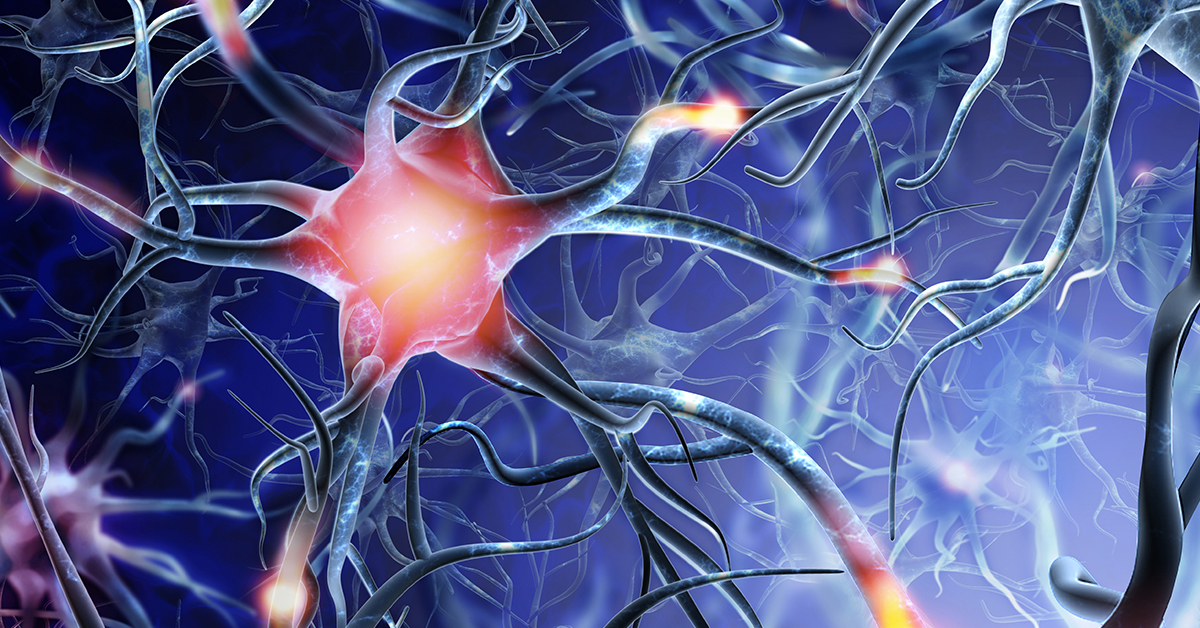Cervical, Thoracic, and Lumbar Epidural Steroid Injections for Nerve Root Compression

What is Cervical, Thoracic and Lumbar Epidural Steroid Injections for Nerve Root Compression?
Nerve compression can occur within the neck (cervical), thoracic and lumbar (chest and lower back) vertebra. Injections that are administered in these areas into the epidural space constitute an epidural injection. If steroids are injected into the space it is called an epidural steroid injection.
Who needs Cervical, Thoracic and Lumbar Epidural Steroid Injections for Nerve Root Compression?
An epidural injection is a procedure where a drug is injected into the epidural space that is present around the spinal-cord. The procedure is performed primarily to inject local anesthetic or steroids in order to exert an effect on the nerve fibers that are much from the spinal-cord. It is a good way of achieving pain relief in patients who suffer from nerve root compression or in those who are undergoing spinal anesthesia.
The nerve root refers to a nerve fibre that emerges from the spinal-cord through the openings within the vertebra. Sometimes, these openings are narrowed or are obstructed by surrounding structures resulting in compression of the nerve roots as they are much from the spinal-cord. As a result, patients experience is pain along with tingling and numbness and even muscle weakness in the area that is supplied by this nerve fibre. Inflammation accompanies this condition and is the cause for pain.
What are the steps in Cervical, Thoracic and Lumbar Epidural Steroid Injections for Nerve Root Compression?
Preparing for the Procedure
The procedure is often performed under x-ray guidance using a fluoroscope. The skin over the area is cleaned with an antiseptic solution.
Performing the Injection
The area where the nerve is compressed is identified through fluoroscopy and is injected with a combination of steroids and local anesthetic.
Ending the Procedure
The end result is a reduction in inflammation at the area along with a reduction in pain. The procedure takes up to an hour to perform, and once complete, the patient is observed for a short period of time and discharged home.
After Surgery
Following the procedure, the patient experiences a great deal of relief from the pain. There may be pain at the site of injection along with some tingling and numbness. Some patients may notice the pain returning a few hours after the procedure, but this is common as the local anesthetic wears off and the steroid takes a few days to kick in. It can take between 10 days to 2 weeks for the pain to subside completely.
Patients experience good relief of symptoms following the injections, but reports have suggested that treatment may not be 100% effective. Repeat injections may be required. Patients can resume their normal activities the day after the procedure.
Risks are generally low, and include bleeding and skin bruising at the site of the procedure, infection and puncture of the dura. Nerve damage may occur from trauma from the needle. Allergic reactions may occur. These are all rare.
